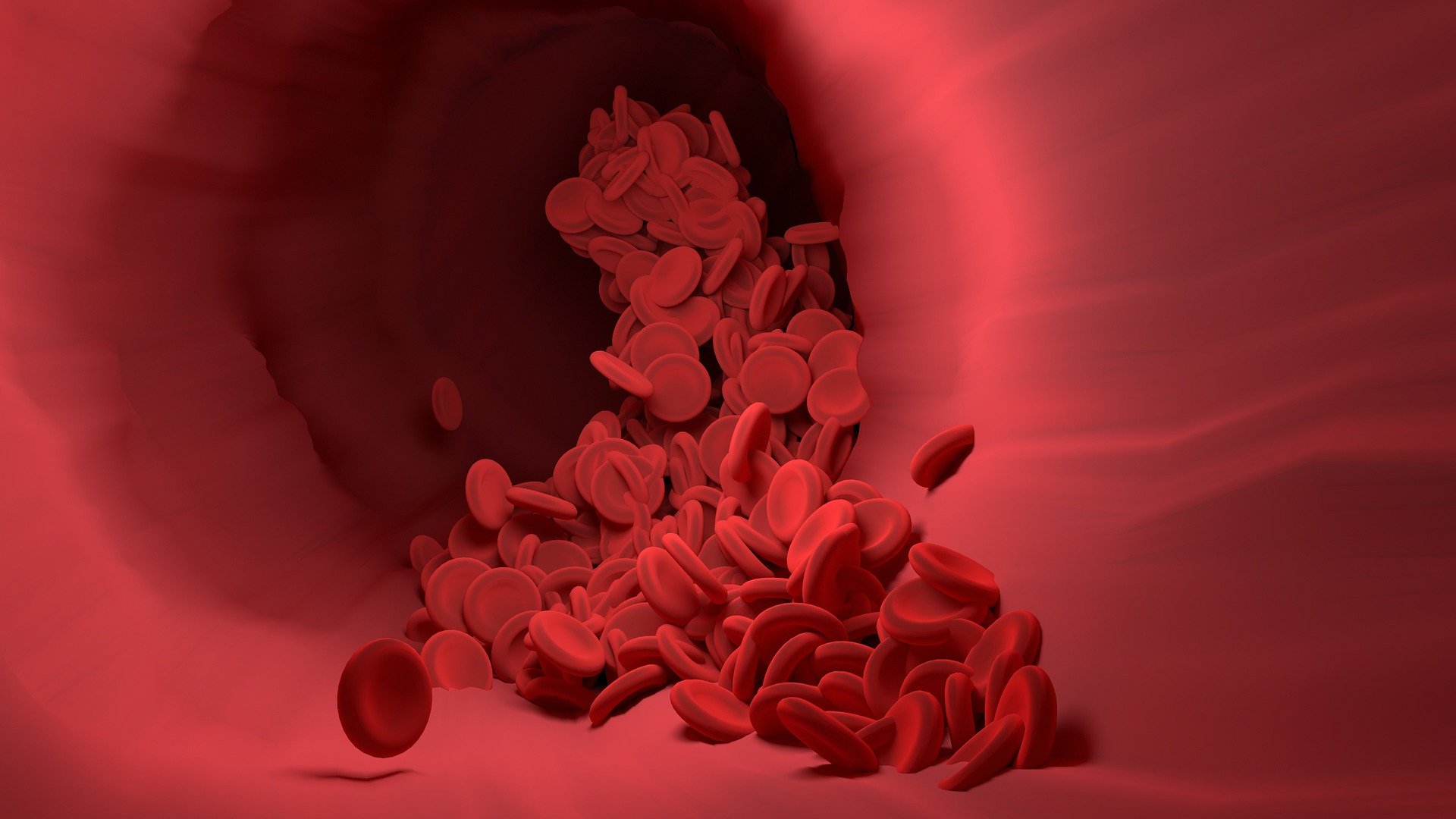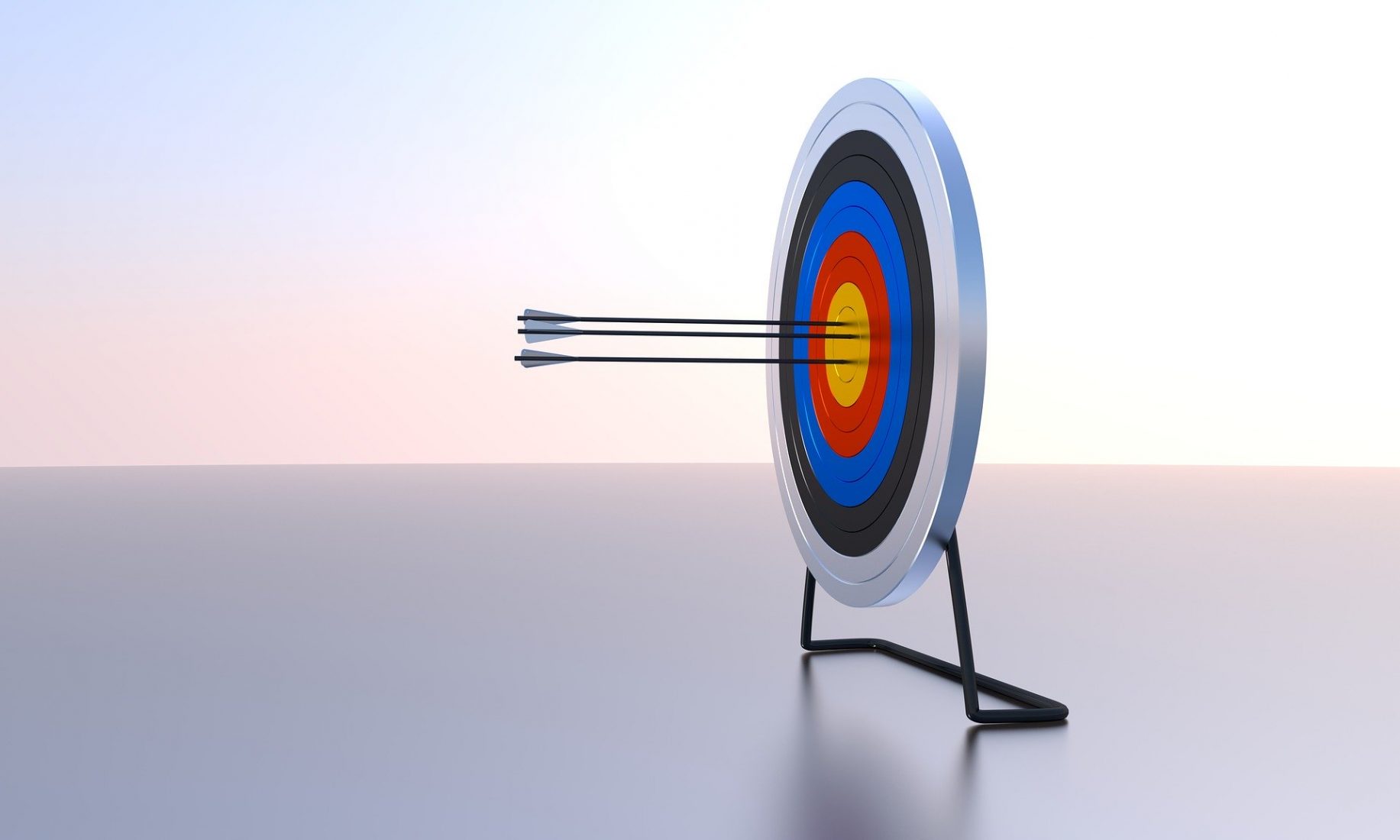
Understanding your heart anatomy
As you may already know your heart is roughly the size of your fist and sits in the middle of your chest slightly to the left. Its job is to send blood around your body providing all the oxygen and nutrients it needs. It also removes waste products such as carbon dioxide. Each day your heart beats about 100,000 times and it continuously pumps eight pints of blood around your body.
Your heart is made up of 4 chambers. I want you to think of a box which has two lines going through the centre, one vertical and one horizontal splitting the box into 4 equal boxes. The top two boxes are your atria and the bottom two are your ventricles. In the right top corner, we have the right atrium, in the top left box we have the left atrium. These are responsible for receiving blood and passing the blood down into your ventricles. So, in the right bottom box is the right ventricle and the left bottom box we have the left ventricle. Your ventricles pump blood out and away from your heart. The left and right side of your heart is separated by a thin muscular wall called the septum which runs down the middle of your heart. So, we have the 4 chambers and the septum down the middle. I hope I haven’t lost you yet. If it makes it easier you can draw this out as we go…
In the right hand side boxes, we have the right atrium and right ventricle, now these are separated in the middle by an atrioventricular valve called the tricuspid valve. When the blood flows from your right atrium down to your right ventricle this valve ensures that the blood doesn’t flow backwards. Similarly, on the left hand side we have the two chambers which are separated by the bicuspid or mitral valve. Again, this valve ensures the blood only flows one way.
The right side of your heart pumps blood to your lungs whereas the left side pumps oxygenated blood (blood with oxygen in it) around your body. This is why the left side of your heart tends to be slightly bigger than the right because it has to pump blood further around your body. Moving onto my last point in this section, on the right side we have the pulmonary valve which takes blood from your right ventricle to your lungs. On the left side we have the aortic valve which allows blood from your left ventricle to the rest of your body.

Blood Flow
Before we get started, I need to tell you about veins and arteries. Quite simply, veins return deoxygenated blood back to your heart and arteries carry oxygenated blood from your heart to the rest of your body.
In the last article I spoke a little bit about the anatomy of your heart and spoke about the 4 chambers and some valves. We are going to start with the left side of your heart in the left ventricle. Blood enters the left ventricle from your left atrium through the bicuspid valve. Once the left ventricle is filled blood is ejected passing through the aortic valve into your aorta which sits at the top of your heart. From here the blood is circulated to all parts of your body via your arteries. Once the blood full of nutrients and oxygen has been delivered to the working muscles it returns back to your heart via your veins. Remember veins return blood back to your heart.
The blood returns back to your right atrium and passes through the tricuspid valve (separating your right atrium and right ventricle) into your right ventricle. From here the blood is forced out to your lungs where it is oxygenated. From your lungs it travels back to your left atria and is forced through the bicuspid valve into your left ventricle and the cycle starts all over again.
Target Heart Rate
I want to tell you a little bit now about your target heart rate which is the range of beats per minute you should aim for during exercise. It’s recommended that this is between 40 and 70 percent of your maximum heart rate. Working under that 40% means you may not be getting the full benefits from exercise and if you go above 70% it puts unnecessary additional stress on your heart. If you would like to know your target heart rate, speak to me in your next class and I can calculate it for you.


Blood Pressure
Now I’m sure many of you will understand and know what blood pressure is. But just in case you don’t, quite simply, blood pressure is a measurement of the force your heart uses to pump blood around your body.
You may have seen your blood pressure reading as one number over another. For example, 120 over 80. The first or higher number is your systolic blood pressure which is the pressure when your heart squeezes and pushes blood around your body. The second number is your diastolic blood pressure which measures the force of blood against your artery walls as your heart relaxes and your ventricles refill with blood.
We are aiming for a reading below 130/80 and preferably closer to 120/ 80. The higher this is the more strain this puts on your heart. Any reading over 130/90 is known as prehypertension and anything higher than this could be hypertension. If your blood pressure is too high, it puts extra strain on your blood vessels, heart and other organs. Persistent high blood pressure can increase your risk of a heart attack. If you have high blood pressure, reducing it even a small amount can help lower your risk of these health conditions.
On the other hand, low blood pressure known as hypotension (po=low) can be more dangerous than high blood pressure especially in those of us who are slightly older. Low blood pressure is a reading of less than 90/60mmHg. Symptoms of this include light-headedness, dizziness, feeling sick, fainting and generally feeling weaker. This might mean your blood pressure is too low and it is important that you speak to your local GP about this. Bare in mind, your blood pressure can vary depending on the time of day. It gradually increases throughout the day. What you are doing and how you’re feeling can also affect it. You can get your blood pressure tested at your GP surgery or you can check your blood pressure yourself with a home blood pressure monitor.
